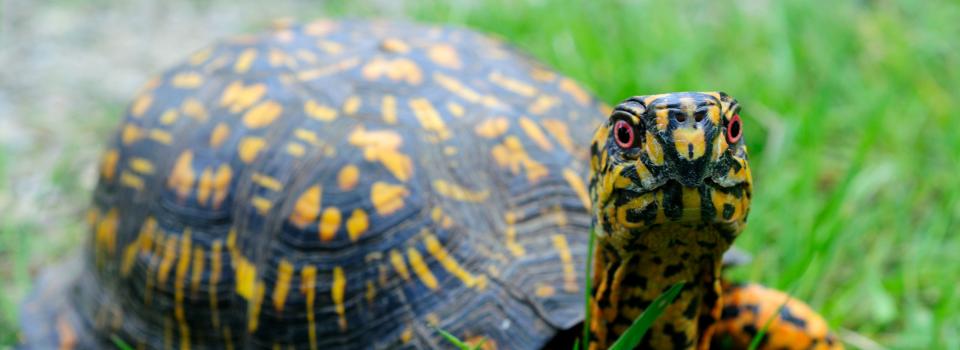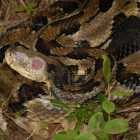Dam removal and fish passage projects are a critical component of anadromous alewife restoration, reconnecting runs to prime spawning habitat in coastal lakes. However, landlocked alewife populations have become established in many coastal New England lakes. The effects of landlocked alewives on anadromous alewife restoration are currently unknown. We investigated the effects of landlocked alewife presence on anadromous alewife restoration in Rogers Lake, which once hosted one of the largest...

Hermit Thrush
Photo by: Robert Royse

Box Turtle
Photo by: Jonathan Mays

Snowshoe Hare
Photo by: Mike Hodgson

Timber Rattlesnake
Photo by: Kelly Wiley

Gray Seal
Photo by: Jonathan Mays












